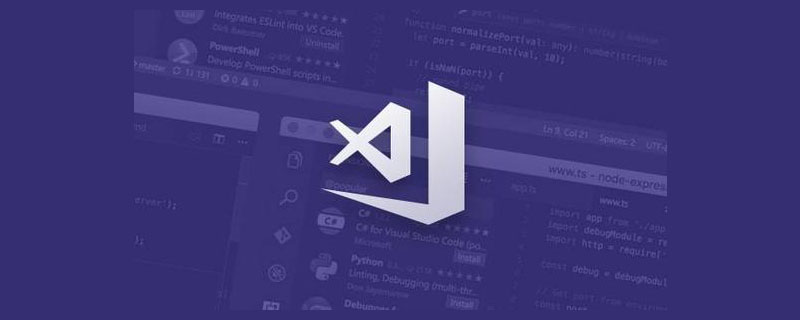在php中操作json數(shù)據(jù)可以通過json_encode和json_decode函數(shù)實(shí)現(xiàn)。1. 使用json_encode將php數(shù)組轉(zhuǎn)換為json格式。2. 使用json_decode將json字符串轉(zhuǎn)換為php數(shù)組或對(duì)象。3. 處理復(fù)雜的嵌套json數(shù)據(jù)時(shí),使用循環(huán)遍歷。4. 診斷json錯(cuò)誤時(shí),使用json_last_error和json_last_error_msg函數(shù)。5. 優(yōu)化大規(guī)模json數(shù)據(jù)處理時(shí),采用流式解析方法。

在PHP中操作JSON數(shù)據(jù)是開發(fā)中常見且重要的技能。無論你是剛接觸PHP,還是已經(jīng)有一定經(jīng)驗(yàn)的開發(fā)者,理解和掌握J(rèn)SON數(shù)據(jù)的操作都將大大提升你的開發(fā)效率和代碼質(zhì)量。
JSON(JavaScript Object Notation)是一種輕量級(jí)的數(shù)據(jù)交換格式,易于人閱讀和編寫,同時(shí)也易于機(jī)器解析和生成。在PHP中,我們可以通過內(nèi)置的函數(shù)輕松地進(jìn)行JSON數(shù)據(jù)的編碼和解碼,這不僅簡(jiǎn)化了數(shù)據(jù)的傳輸和存儲(chǔ),也為前后端交互提供了便利。
讓我們從最基礎(chǔ)的JSON操作開始吧。假設(shè)我們有一個(gè)包含用戶信息的簡(jiǎn)單數(shù)組:
立即學(xué)習(xí)“PHP免費(fèi)學(xué)習(xí)筆記(深入)”;
$userData = array( 'name' => 'John Doe', 'age' => 30, 'email' => 'john@example.com' );
要將這個(gè)數(shù)組轉(zhuǎn)換為JSON格式,我們可以使用json_encode函數(shù):
$jsonData = json_encode($userData); echo $jsonData; // 輸出: {"name":"John Doe","age":30,"email":"john@example.com"}
反過來,如果我們有一個(gè)JSON字符串,需要將其轉(zhuǎn)換回PHP數(shù)組或?qū)ο螅梢允褂胘son_decode函數(shù):
$jsonString = '{"name":"John Doe","age":30,"email":"john@example.com"}'; $decodedData = json_decode($jsonString, true); // 第二個(gè)參數(shù)為true時(shí),返回?cái)?shù)組 print_r($decodedData);
在實(shí)際開發(fā)中,我們經(jīng)常需要處理更復(fù)雜的JSON數(shù)據(jù),比如嵌套的對(duì)象或數(shù)組。假設(shè)我們有一個(gè)包含用戶列表的JSON字符串:
$jsonUsers = '[ {"name":"John Doe","age":30,"email":"john@example.com"}, {"name":"Jane Smith","age":25,"email":"jane@example.com"} ]'; $usersArray = json_decode($jsonUsers, true); foreach ($usersArray as $user) { echo $user['name'] . ' - ' . $user['email'] . "n"; }
在處理JSON數(shù)據(jù)時(shí),可能會(huì)遇到一些常見的問題,比如JSON格式錯(cuò)誤或編碼問題。PHP提供了json_last_error和json_last_error_msg函數(shù)來幫助我們?cè)\斷這些問題:
$invalidJson = '{"name":"John Doe","age":30,"email":"john@example.com",}'; $decoded = json_decode($invalidJson); if (json_last_error() !== JSON_ERROR_NONE) { echo 'JSON Error: ' . json_last_error_msg(); }
在性能優(yōu)化方面,處理大規(guī)模JSON數(shù)據(jù)時(shí),我們需要注意內(nèi)存使用和解析速度。一種優(yōu)化方法是使用流式解析,特別是當(dāng)處理非常大的JSON文件時(shí):
$jsonStream = fopen('large_data.json', 'r'); $jsonDecoder = new JsonStreamingParserParser(fopen('large_data.json', 'r'), function ($data) { // 處理每一部分?jǐn)?shù)據(jù) echo $data['name'] . "n"; }); $jsonDecoder->parse(); fclose($jsonStream);
在實(shí)際項(xiàng)目中,JSON數(shù)據(jù)的操作不僅限于編碼和解碼,還包括數(shù)據(jù)驗(yàn)證、格式化輸出等。使用PHP的內(nèi)置函數(shù)和第三方庫(如json-schema用于數(shù)據(jù)驗(yàn)證),可以幫助我們更高效地處理JSON數(shù)據(jù)。
總之,PHP中操作JSON數(shù)據(jù)的關(guān)鍵在于理解和靈活運(yùn)用json_encode和json_decode函數(shù),同時(shí)結(jié)合實(shí)際需求進(jìn)行優(yōu)化和擴(kuò)展。無論是前后端數(shù)據(jù)交互,還是數(shù)據(jù)存儲(chǔ)和處理,掌握J(rèn)SON操作都是提升開發(fā)效率的必備技能。
.jpg)

















.png)
